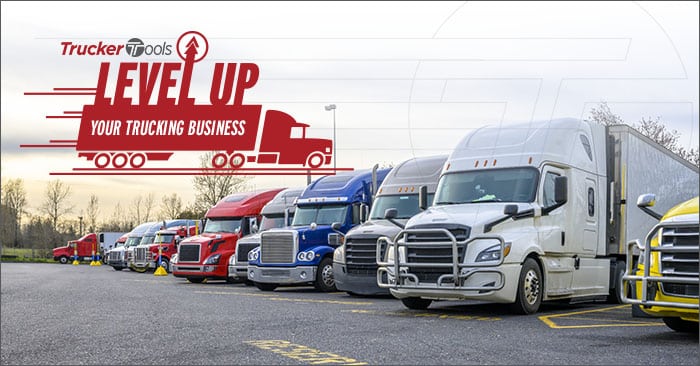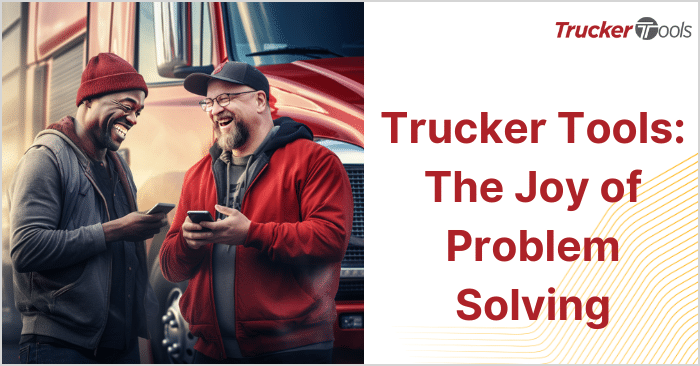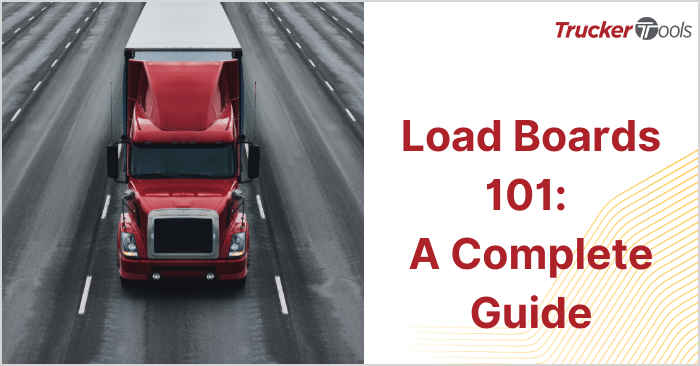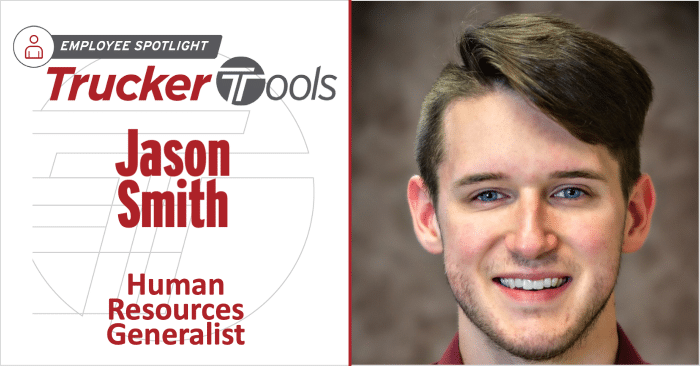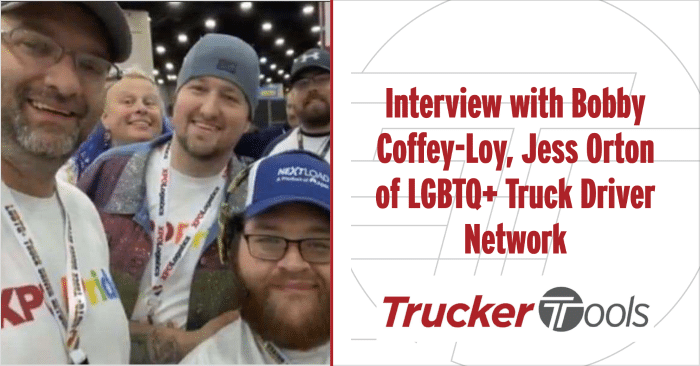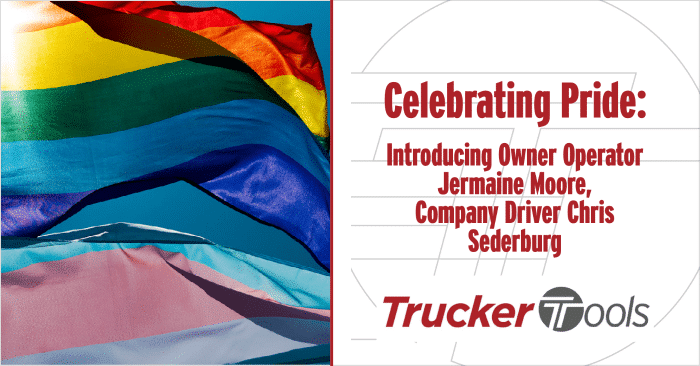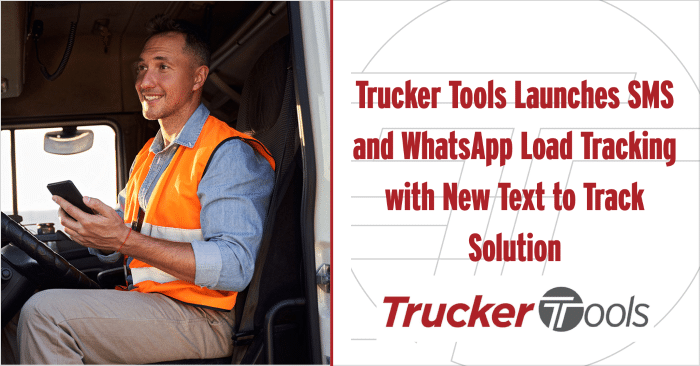As the recovery from the initial COVID-19 outbreak has progressed, owner operator income has spiked, which is, in part, why so many truckers are making the move from company driver to owner operator. In 2020, the FMCSA granted common authority to approximately 58,0000 asset-based motor carriers, a 36 percent increase over 2019. If you’re in that camp and currently are contemplating getting your own authority and running as an owner operator, there are a few things you should keep in mind. Being an owner operator is about more than driving. It also involves thinking and operating as a small business owner.
Trucker Tools’ VP of Partnerships and Strategic Alliances Matt Silver recently interviewed Bradley Palmer, Trinity Logistics’ Director Carrier Development and Pricing, for Trucker Tools Talks. The two discussed current lane and freight trends and some of the major differences between working as a company driver versus running as an owner operator. Check out these five things to consider when transitioning to owner operator status.
1. The Cost of Fuel
Bradley has worked in the trucking and transportation industry for the last 19 years. He’s worked in LTL, truckload for rail at BNSF Logistics, for a top 100 manufacturer in truckload, and for trucking companies with as many as 5,000 trucks. All of the companies he’s worked for maintain lease operator divisions, which has given him plenty of exposure to and experience with owner operators.
“If you own an asset and you look at the spot markets out there, it’s very compelling to try to get out there, make decisions on your own,” said Bradley. “I’ve always been respectful of entrepreneurs. It takes a lot of gumption, but there are some watch-outs. I think you’ve got to be mindful of the cost of fuel. Since November, the price of fuel has risen significantly. Obviously that’s driven by demand. What sort of hit us last winter was the shutdown of refineries during the Texas power outage and winter frost. We had gas shortages and fuel shortages in the southern part of the country and, of course, that drives the cost of fuel.”
“If you own an asset and you look at the spot markets out there, it’s very compelling to try to get out there, make decisions on your own,” said Bradley. “I’ve always been respectful of entrepreneurs. It takes a lot of gumption, but there are some watch-outs. I think you’ve got to be mindful of the cost of fuel. Since November, the price of fuel has risen significantly. Obviously that’s driven by demand. What sort of hit us last winter was the shutdown of refineries during the Texas power outage and winter frost. We had gas shortages and fuel shortages in the southern part of the country and, of course, that drives the cost of fuel.”
2. The Cost of a New Truck
“The other big thing keep in mind is in the last ten years, the cost for a new truck has increased,” said Bradley. “I remember when it was a big deal that a new day cab would cost $100,000 and that was many years ago. Now you have to consider that the cost of a truck payment is up 33 percent in the last ten years and that’s every week or every two weeks — however you’ve got your truck financed.”
A new semi-truck and trailer can cost you as much as $200,000 or more, which can eat into your potential profit. There’s also a truck and trailer shortage at the moment, driven by a shortage of materials, including semiconductor chips used in Class 8 trucks, wood flooring for trailers, tires, harnesses, parts, steel and aluminum. A record number of orders for new trailers in late 2020 has created a huge backlog for manufacturers, making it difficult to purchase a new trailer. As a result of the truck and trailer shortages, the prices for used trucks and/or trailers have risen, as well.
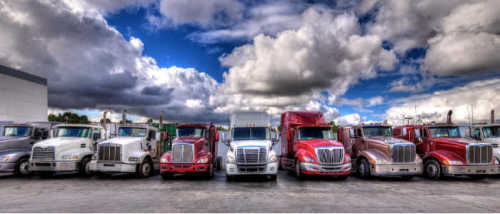
3. Other Variable Expenses Like Tires, Tolls and Maintenance
“The other thing that you really have to be mindful of in addition to the cost of fuel is your cost of tires and other variable expenses,” Bradley advised. “That’s the thing — when you leave a fleet and the support of a fleet, you might lose your access to the cash price at the pump. You might lose your national account discounts. You might lose your access to a national account tier program. Those are very significant costs in the long term and can affect the longevity of your business.”
“The other thing that you really have to be mindful of in addition to the cost of fuel is your cost of tires and other variable expenses,” Bradley advised. “That’s the thing — when you leave a fleet and the support of a fleet, you might lose your access to the cash price at the pump. You might lose your national account discounts. You might lose your access to a national account tier program. Those are very significant costs in the long term and can affect the longevity of your business.”
Variable expenses are those costs that fluctuate from month to month. Other variable costs to consider beyond fuel and tires are tolls, scale fees, lodging, maintenance and repairs, fuel and heavy use taxes, fines, freight claims, meals and income taxes. To get a sense of what your take-home profit will be, it’s a good idea to tally your fixed expenses and variable expenses, then calculate your trucking cost per mile.
4. Insurance
“All those factors you have to keep in mind, but most importantly you have to think about the cost of insurance,” Bradley said. “The industry took a huge hit two years when one major underwriter left the market. They stopped underwriting commercial truck insurance coverage and that sort of flooded the market. Then you expand that with all these thousands of new carriers applying for insurance. It’s a big deal, and so when you decide that you want to get out and get away from being under a fleet’s authority, those are significant costs you have to keep in mind.”
The average cost of truck insurance for leased owner operators typically ranges between $1,500 and $2,000 per year. When you’re an owner op with your own authority, the cost on average is between $9,000 and $12,000/year. If you have a new MC number, you may have to pay between $12,000 and $16,000 annually for commercial truck/trailer insurance.
5. The Cyclical Nature of Trucking
“This is a very cyclical business,” said Bradley. “The reason why there’s safety in numbers is that there’s always a dip. I’s easy to forget what happened in March of 2020. There was safety members in fleets. Drivers are always in demand, especially in this market. My best advice to someone that’s leaving the flock and going out to be an independent is that when you look at the spot market, look at who you’re working with. Think about that in terms of partnerships and be mindful of you’re working with. It’s a lead list for you as driver. As an independent, pick up the phone and start talking to people at those companies. They want to connect with you and if you’re able to create a relationship in any way, you’re going to find out that there’s freight behind the scenes and there’s consistent freight. What they want is to connect you to that freight. They don’t necessarily want to wait for you to find that load on the load board.”
“This is a very cyclical business,” said Bradley. “The reason why there’s safety in numbers is that there’s always a dip. I’s easy to forget what happened in March of 2020. There was safety members in fleets. Drivers are always in demand, especially in this market. My best advice to someone that’s leaving the flock and going out to be an independent is that when you look at the spot market, look at who you’re working with. Think about that in terms of partnerships and be mindful of you’re working with. It’s a lead list for you as driver. As an independent, pick up the phone and start talking to people at those companies. They want to connect with you and if you’re able to create a relationship in any way, you’re going to find out that there’s freight behind the scenes and there’s consistent freight. What they want is to connect you to that freight. They don’t necessarily want to wait for you to find that load on the load board.”
Watch the interview with Bradley Palmer on demand. To download the Trucker Tools mobile app, visit https://www.truckertools.com/carriers/.
